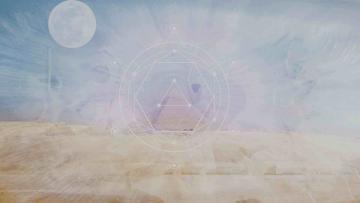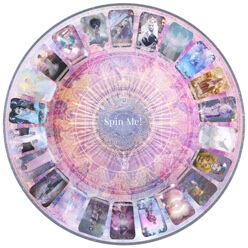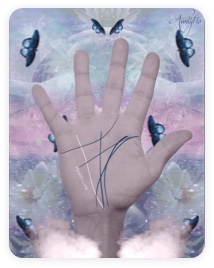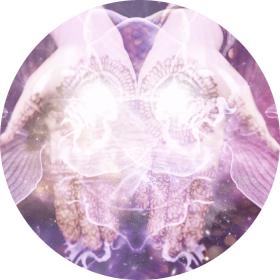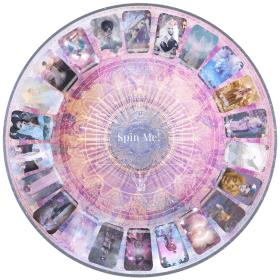Ostara
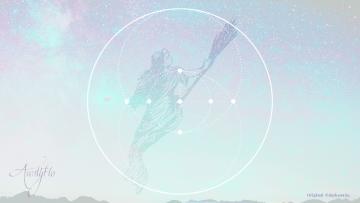
Uncover hidden spiritual meanings
It is one of the eight Sabbats holidays of the Wiccans which make up the wheel of the year.
It is normally referred to as the spring equinox and is celebrated in mid-March, which marks the time when the sun is passing through the celestial equator.
For most neo-pagans and Wiccans, the holiday associated with the day is Ostara, where they welcome the change of season to brightening spring from dark winter. Apart from Ostara, other holidays which make up the wheel of the year include Litha, Beltane, Imbolc, the autumnal equinox, Yule, Samhain, and Lughnasadh.
The Origin of the Holiday
The word Ostara is said to have been derived from a German word “Eostre” which means, a Germanic goddess of spring. There are people who have this notion that Ostara just like many other pagan holidays, is a creation of modern pagans; while others claim that the holiday was derived from Celtic and Saxon spring holidays which was later Christianized Easter holiday. Whatever the case, the truth is, many religions do celebrate several holidays within this period of the year with Christians celebrating Easter holidays; Hindu the celebrate Holl; Sikh celebrates Hola Mohalla, and Jewish celebrates Purim.
For the neo-pagans, they celebrate the Ostara and it is during this celebration that the horned god and the Spring Maiden are celebrated because they represent the characteristics of the new season. The Celtic did not celebrate Ostara as a holiday, but a planting and new crop season.
In Persian countries, the Achaemenian dynasty celebrated the Ostara with the Noz Ruz, which is a new day celebration. To the Persians, it is a celebration of hope and renewal and they are celebrating it to this day. The Iranians celebrate the Chahar –Shanbeh Suri, which takes place just before the beginning of the No Ruz; it is a time for purifying homes in order to welcome the new day.
Ostara is the name given to an Anglo-Saxon goddess who is representative of dawn. During the spring, she becomes the spring goddess in charge of fertility and plants of the earth. The god pan, the horned god, is celebrated to symbolize the enjoyment of nature through dancing and hunting.
What Happens During Ostara?
This is the time when people are busy sowing seeds, thus a time for fertility. The March Hare is revered and considered to be one of the best symbols of fertility. A March Hare is a type of rabbit which most of the year, it is nocturnal, but in March, that is the time when they mate, thus several bunnies are normally all over the place in medieval societies of Europe. The female of the species can conceive a second time while it is still pregnant.
Symbols For The Ostara
Eggs, seeds, flower and rabbits are the symbols which are used during the Ostara celebrations. It is believed that these symbols represent the productiveness of spring and that is why the pagans see it best to incorporate them in the celebrations, altars, and rituals.
We hope you liked this article. Please support us by liking us on Facebook. Thank you in advance.
By Florance Saul
Oct 2, 2012

